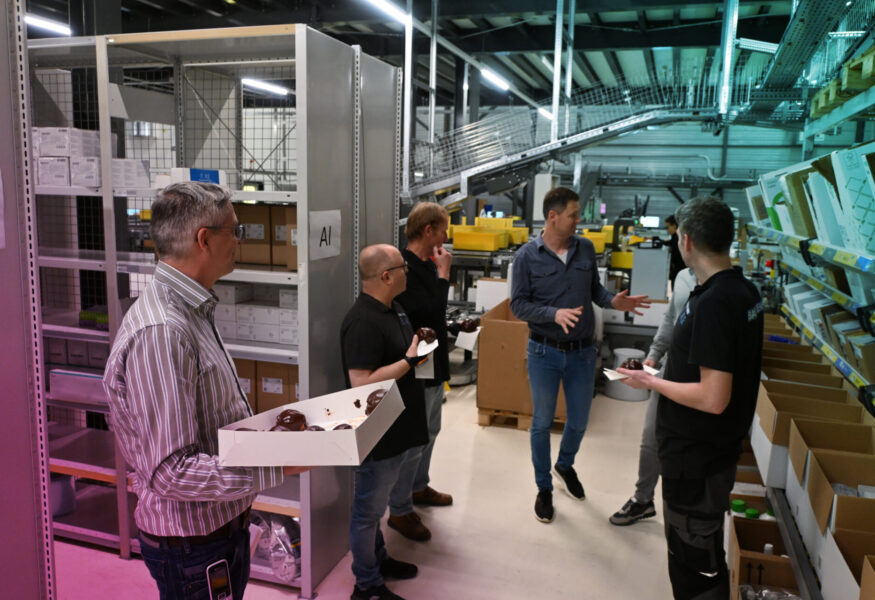Predictive analytics sounds like a complex discipline to many organisations. Common misconceptions are that you have to be very good with numbers and that it is a sort of scientific research that requires in-house specialists. Some also think that the period from start to finish is too long. But is that true?
Let me start by saying that that is not the case anymore. With today’s technology, most people can get going with predictive analytics and the results can be seen quickly – provided you choose a good approach. I can help with that. In this blog, I’ll give you four tips on how best to start with predictive analytics.
1. Start with a clear objective
First of all, ask yourself how predictive technology can be an addition to your organisation. For example, do you want to predict the sales demand or the number of visitors in your shop? Do you want to carry out preventive maintenance, prevent fraud, improve operational processes or reduce your supply chain costs? Keeping your objective at the forefront of your mind allows you to look for a solution in a more targeted way. Moreover, it helps you not to make the project too large.
2. Involve the stakeholders
Have you chosen an objective and you know what you want to achieve? If so, bring the people who have an interest in solving the problem together. Choose colleagues who are empowered to make changes and who are in charge. Don’t see predictive analytics as a black box that only data specialists can work on. Choose a combination of business professionals and IT experts – and look for external expertise, too. By involving the business from the start, you can use their knowledge of the processes in your predictive analytics. And by bringing in external experience, you can prevent rookie errors and maintain the momentum of your project.
3. Work over the short term
Once you have defined the challenge and the brainstorm starts with your team, it’s tempting to tackle multiple processes straight away. However, it’s better to take things step by step. By working in short, manageable cycles, you achieve quick results. The success of those small projects ensures that you create support within your organisation faster, making it easier to launch the next project. Modern applications such as SAP Analytics Cloud, Dataiku DSS, SAS Advanced Analytics and DataRobot offer many functionalities that are suitable for this way of working. Thanks to the standards that these apps offer, you don’t have to code everything yourself – you can use a growing number of algorithms that are already available, allowing you to build a model for your project in no time.
4. Don’t expect perfection from the word go
It’s always exciting to put new ways of working into practice, but don’t despair if you don’t get the result you wanted instantly. Making mistakes is never a bad thing. If you have taken the previous tips on board, you will be working in small projects and short cycles. This means that the impact of mistakes is less. And the lessons you learn are immediately included in the next cycle. This trial-and-error approach requires some flexibility from your team, but certainly pays for itself.
Predictive analytics in practice
The step to predictive work is therefore not as great as you think. I challenge you to give it a try. Choose an objective, put those involved together and go step by step. Don’t be afraid to make mistakes – that’s all part of the process.











